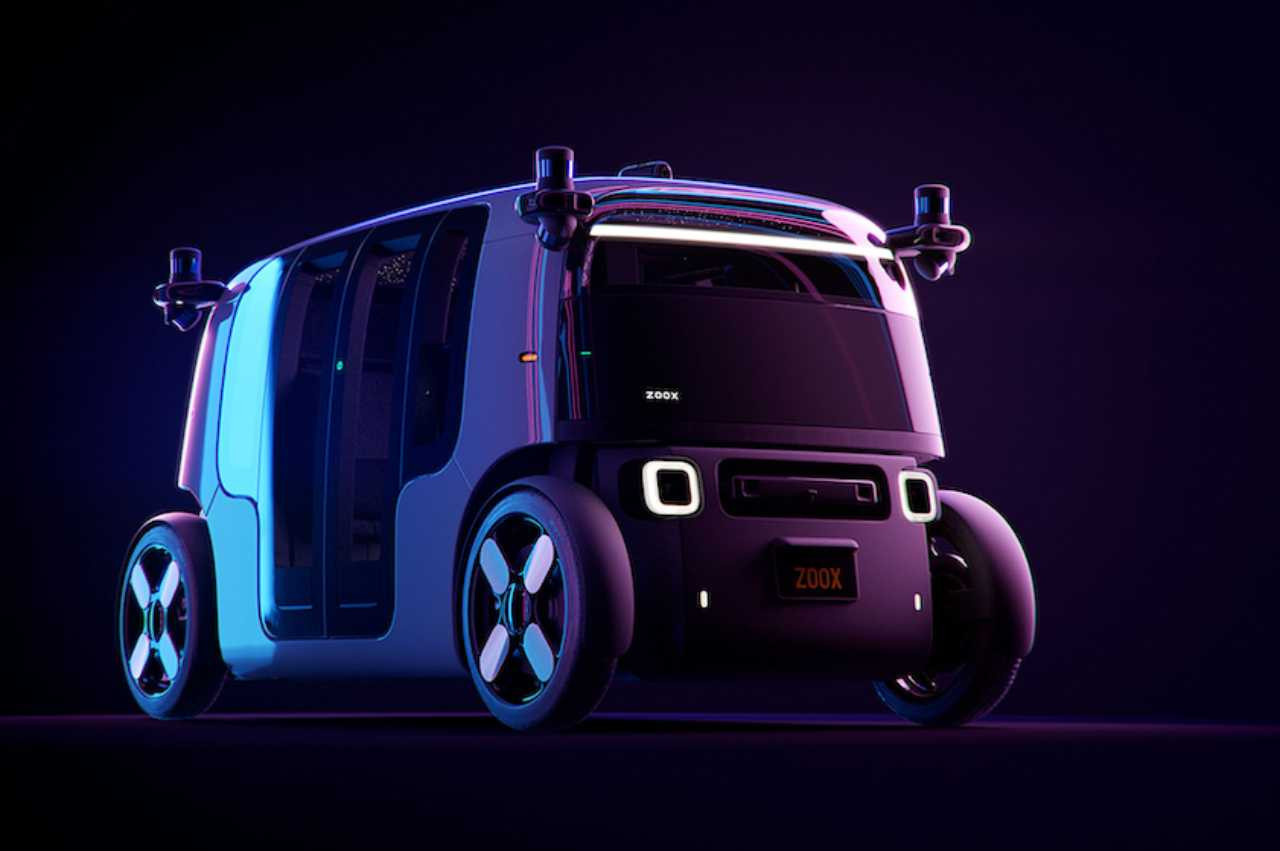“At certain points, there is also a political risk to be taken in order to continue to develop this approach. If we act as a forerunner or pioneer in Europe, we still have a good chance of creating opportunities to position Luxembourg further in the field of motoring.” In his first , makes a polite appeal to prime minister (CSV).
To put it plainly, politicians must agree to put autonomous cars on Luxembourg’s roads by preparing an appropriate but bold framework. But they also have to keep in mind that the slightest problem will be over-publicised, as is the case in the United States, even though--objectively speaking--autonomous cars do not necessarily perform any worse than cars driven by humans. “There are still a huge number of cars on the road in San Francisco, in other cities in the United States and in China. The technology is already fairly well mastered. That doesn’t mean there won't be any accidents in the future, but accidents do happen without this technology,” Grotz added.
The self-driving car war is raging in the United States. While Google seems to have taken the lead with its Waymo subsidiary, Uber, Amazon subsidiary Zoox and Lyft have no intention of being left behind. GM, on the other hand, abandoned its project after poor financial results and intends to reallocate its technology to the traditional production of its cars.
Founded in 2014 and bought by Amazon in 2020 for $1.2bn, Zoox has made 2025 a key year for its future. Since 2023, its driverless vehicles have been tested in Las Vegas, where its first robot taxi service is due to officially launch shortly. Testing began in San Francisco in November, with San Francisco identified as its next expansion before Miami or even Austin, Texas. By 2030, the four-seater car, without pedals or steering wheel, should be in most major American cities.
Meanwhile, Waymo’s latest fundraising of $5.6bn takes its valuation to over $45bn. The Alphabet-backed company has announced that it is exploring the use of Gemini, Google’s LLM, to train its robotaxis. The new model, called “Emma,” shows promise in handling complex driving scenarios, such as encountering animals or construction sites, but it currently cannot integrate 3D sensor inputs from radar and lidar. In mid-February, Waymo announced a partnership with Uber to be able to order a robotaxi from the app in Austin... but continues to work solo in Miami and with Hyundai to build on the Ioniq 5. “We recently announced the launch of Hyundai Motor Company’s autonomous vehicle foundry business to provide global autonomous driving companies with vehicles capable of implementing SAE Level 4 or higher autonomous driving technology,” said the president and head of Hyundai Motor Group’s advanced vehicle platform (AVP) division, Chang Song, in October 2024. “There is no better partner for our first agreement in this initiative than industry-leader Waymo.”
These are the two automotive companies that the minister for foreign and European affairs, cooperation and foreign trade, (DP), visited, extolling the charms and charms to come of Luxembourg, which has already announced the arrival of China’s Pony.AI at its .
But other competitors in this highly dynamic sector should not be overlooked. After its first year in the black financially, Lyft revealed to Techcrunch its plans to deploy robotaxis equipped with Mobileye technology in Dallas by 2026, with Japanese conglomerate Marubeni as the owner of the vehicles. Mobileye’s advanced driver assistance technology is already integratedinto vehicles from Audi, Volkswagen, Nissan, Ford and General Motors, among others. And the company is working with AI giant Anthropic to offer an agent for its customers, whilst BYD, Geely, Great Wall and Nissan will be integrating Chinese AI Deepseek.
The integration of ‘underwater’ technologies is also an option for China’s BYD, the world’s number 2 electric vehicle manufacturer behind Tesla and which recently opened a dealership in Luxembourg. BYD has announced that it will make its advanced driver assistance system (Adas) available at no extra cost on most of its models. “God’s Eye” will become standard equipment on vehicles priced from $13,700. By way of comparison, Tesla charges $99 per month for its full self-driving system (FSD) in the United States. In a fiercely competitive electric vehicle market, BYD’s decision to include an L2+ level Adas as standard--rather than as a paid option--could redefine the affordable model segment.
May Mobility has chosen to deploy a shuttle service, rather than private cars or robotaxis, for its first commercial driverless service at Peachtree Corners, near Atlanta, Georgia, using a Toyota Sienna Autono-Maas.
This article was originally published in .
